Pcr Primer Example
Criteria for PCR primer design.

Pcr primer example. Generally, PCR primers are complementary to the target sequence. Nested PCR reduces the nonspecific amplification of the target sequence. This enables amplification of several gene segments at the same time, instead of specific test runs for each.
The reason the primers are used is for the annealing stage in PCR to bind to the target sequence on the single stranded DNA to prepare for the. Polymerase Chain Reaction (PCR) Introduction PCR (Polymerase Chain Reaction) is a revolutionary method developed by Kary Mullis in the 1980s. When testing new primers in a PCR, always include a positive control reaction with a template that has been tested for function in PCR.
Multiplex PCR is a variant of PCR method in which more than one target sequence is amplified using multiple sets of primers within a single PCR mixture. PCR was invented in 1984 by the American biochemist Kary Mullis at Cetus Corporation.It is fundamental to much of genetic testing including analysis of. This technology was first used by Chamberlain et al.
These primers are typically between 18 and 24 bases in length, and must code for only the specific upstream and downstream sites of the sequence being amplified. Primers with high Tm's (> 60°C) can be used in PCRs with a wide Ta range compared to primers with low Tm's ( 50°C);. For a review of the theory behind primer design click here.
The most important values for estimating the Ta is Tm and CG% of the primers and the length of PCR fragment (L);. Two primers are used in PCR as forward and reverse to replicate both strands of the sample DNA. PCR Primer Design A simplified example.
The annealing temperature varies from primer to primer. PrimeTime ® qPCR Assay Selection Tool—Use to select. The specificity of PCR depends strongly on the melting temperature (T m) of the primers (the temperature at which half of the primer has annealed to the template).
It is generally accepted that the optimal length of PCR primers is 18-22 bp. Oligo-dT primers (typically 13–18mers), random oligomers (such as hexamers, octamers, or nonamers), or gene-specific primers (see table “Suitability of primer types. Analysis of primer sequences.
Preparation of Reaction Mixture To perform several parallel reactions, prepare a master mix containing water, buffer, dNTPs, primers and Taq DNA Polymerase in a single tube, which can then be aliquoted into. PCR can be used to detect sequence variations in alleles in specific cells or organisms. Example for Forward primers:.
Primers can be designed to amplify only one product. For the diagnosis of Duchenne muscular dystrophy (19). This control shows whether the primers are working.
It is quick, easy, and automated. Usually good results are obtained when the T m 's for both primers are similar (within 2-4 °C) and above 60°C. Generally avoid primers that can form 4 or more consecutive bonds with itself, or 8 or more bonds total.
The two primers of a primer pair should have closely matched melting temperatures for maximizing PCR product yield. 3) The temperature is then raised to 72° C and the polymerase (P) extends the. An example is genotyping of transgenic organisms such as knock-out and knock-in mice.
On the polymerase chain reaction page, I showed a simple diagram of how PCR works. The product contains oligonucleotide primers and dual-labeled hydrolysis probes (TaqMan®) and control material used in rRT-PCR for the in vitro qualitative detection of 19-nCoV RNA in. Just for getting your feet w.
Primers can also be designed to amplify multiple products. When designing primers for PCR, sequencing or mutagenesis it is often necessary to make predictions about these primers, for example melting temperature (Tm) and propensity to form dimers with itself or other primers in the reaction. You want to work with the DNA, perhaps characterize it by sequencing, but there isn't much to work with.
Free PCR and qPCR assay design tools!. The forward primer from position is 630. Lanes 1, 2, Ohio isolates OH1 and OH2;.
The polymerase chain reaction (PCR) uses a pair of custom primers to direct DNA elongation toward each-other at opposite ends of the sequence being amplified. Every PCR primer pair has been experimentally validated to ensure optimal assay performance. Poor design choices, erroneous or truncated sequences, and ineffective purification can lead to unusable results.
If you are unfamiliar with PCR, watch the following video:. Polymerase chain reaction (PCR) is a method widely used to rapidly make millions to billions of copies of a specific DNA sample, allowing scientists to take a very small sample of DNA and amplify it to a large enough amount to study in detail. They guarantee the specificity of the amplification reaction.
Align groups of sequences you want to amplify. Basic concept of how to design forward and reverse primers for polymerase chain reaction (PCR) NOTE:. Resources and interim guidelines for laboratory professionals working with specimens from persons with coronavirus disease 19 (COVID-19).
You will learn in this section a detailed explanation of the PCR primer design criteria and how they affect the primer sensitivity and stability including;. In contrast, a machine designed to carry out PCR reactions can complete many rounds of replication, producing. Allele-specific polymerase chain reaction (AS-PCR) is a technique based on allele-specific primers, which can be used to analyze single nucleotide polymorphism.
Confirm that the PCR/qPCR primer and amplicon position is consistent with the RT priming protocol. The primer sets are designed to flank regions of interest and assess genetic variations based on the presence or absence of an amplicon and/or its length (Figure 3). What are Forward Primers Forward primers are one of the two types of primers used in a PCR setup.
For example, Human Genomic DNA (from Roche Applied Science) provides a good control template for evaluation of human primer sequences. In this lecture, I explain how to design working primers for use in PCR. As an example, the forward primer of the PCR can be used in sequencing, to amplify only the sense strand.
A bookmark identifies the specific page to photocopy out of a book – PCR primers identify the specific fragment to be copied from the entire genome. G and C content should be between 50 to 60%. Practice problems on PCR and site directed mutagenesis are given below.
Optimal template amounts can also vary based on the type of DNA polymerase used;. Shorter primers anneal more readily to the target sequence, although they are also more likely to bind to more than one region in the genome and produce non-target amplicons. The optimal annealing temperature for PCR is calculated directly as the value for the primer with the lowest Tm (T.
PCR is based on using the ability of DNA polymerase to synthesize new strand of DNA complementary to the offered template strand. The example above. 3′ Primers, 5′ Primers, Antisense Strand, Forward Primers, PCR, Reverse Primers, Sense Strand.
If your primer has properties which Sujitha mentioned (i prefer tm-60-61 degree, GC-55-60 and CC or CG sequence in the 3 prime end of my primer) you can choose it as your forward primer. This is where PCR comes in. A DNA polymerase engineered to have higher sensitivity due to affinity to the template would require less input DNA.
Example of a marginally problematic primer:. PCR is the amplification of a small amount of DNA into a larger amount. Primers that can self-hybridize will be unavailable for hybridization to the template.
For example, if you want the PCR product to be located between position 100 and position 1000 on the template, you can set forward primer "From" to 100 and reverse primer "To" to 1000 (but leave the forward primer "To" and reverse primer "From" empty). Polymerase chain reaction (PCR) is a DNA amplification method that is used in Molecular Biological applications. The above two parameters confines the range within the CDS region of p53-RC.
Mullis, an American biochemist who won the Nobel Prize for Chemistry in 1993 for his invention. IDT offers several free, online tools (SciTools ® Web Tools) for qPCR probe design and analysis.These tools contain design engines that use sophisticated formulas that, for example, take into account nearest neighbor analysis to calculate T m, and generally provide the very best qPCR assay designs. Primer Pair Tm Mismatch Calculation:.
The reverse primer to position is 1787. For example, ensure that assays applied to cDNA that was prepared after oligo-dT priming are situated towards the 3’ of the transcript. Key Difference – Forward vs Reverse Primer.
Before the development of PCR, the methods used to amplify, or generate copies of, recombinant DNA fragments were time-consuming and labour-intensive. For example, PCR tests can detect and identify pathogenic organisms in patients,. PCR Primer and Probe Assays for Real-Time PCR.
The primer used in PCR:. A page to be photocopied is the Target Sequence – It contains important information of our interest among the whole book (DNA template).It may be containing a suspected mutation, short tandem repeat (STR), etc. Nested Polymerase Chain Reaction (PCR) Nested PCRs are sometimes necessary to compensate for inefficient first-round PCR due to primer mismatches so, if we can use well-matched primers for first-round PCR nested approach may not be needed in many circumstances.
For each product clearly indicate the length, orientation and the position of the markers on each product. The difference of 5oC or more can lead no. > -F3eGG -F5eGG Hint user can also design the 5' or 3' end of the primer to behave as a specific template for secondary PCR amplification by using the random DNA generated by the program as a template sequence (see the "Tools" => "Generate Random DNA").
We have applied thermodynamic and bioinformatic knowledge towards a suite of easy-to-use, online tools to help you design primers. It is a commonly used technique that makes millions to billions of copies of a particularly interested DNA sequence.It is an in vitro method performed in laboratories. Primer length, primer melting temperature, primer annealing temperature, GC% of the primer, GC-clamp, cross homology and primer secondary structure.
The annealing temperature is a temperature which required to anneal or bind primer to its complementary strand. For example, design primers to amplify all HPV genes. PCR was developed in 19 by Kary B.
In two-step RT-PCR, 3 types of primers, and mixtures thereof, can be used for reverse transcription:. Find the most conservative regions at 5’ end and at 3’ end. Rep-PCR was performed by using BOXA1R primer (3), and PFGE was performed with restriction enzyme AseI.
5'-ACGATTCATCGGACAAAGC-3' |||| |||| 3'-CGAAACAGGCTACTTAGCA-5'. Assume you have an unlimited supply of both primers. 1) The mixture containing the sample DNA, primers, free nucleotide bases and DNA polymerase is heated to 96 ° C to denature (separate the two strands) the double stranded DNA 2) It is then cooled to 68° C to allow the primers to find and anneal (bind) to their complementary sequences on the separated strands.
When troubleshooting an assay, ensure that the design has been verified. The allele-specific PCR is also called the (amplification refractory mutation system) ARMS-PCR corresponding to the use of two different primers for two different alleles. Lanes 3, 4,.
In the example, the RefSeq accession is NM_.1. The accuracy of design and synthesis of a primer pair is the most important consideration to generate good PCR performance data. The advantages of using dsDNA-binding dyes include simple PCR primer design (only two sequence-specific DNA primers are needed, so probe design is not necessary), the ability to test multiple genes quickly without the need for multiple probes (for example, in the validation of gene expression data from many genes in a microarray experiment.
Here is an example based on the human TAS2R38 gene, which encodes a taste. List of primers and probes labeled for EUA use and distributed by the International Reagent Resource may be used for viral testing with the CDC 19-nCoV Real-Time RT-PCR Diagnostic Panel. For more information on the validation of the DNA primer pairs, see Bulletin 6262, PrimePCR Assay.
However, some sequencing primers are not related to the target sequence. The main significant feature of forward primers is that they anneal to the antisense or (-) strand of the double-stranded DNA. Primer sequences for a taste receptor gene.
In PCR a forward primer and reverse primer are used. Moreover, the degree of mismatches tolerated during the sequencing reaction is higher than the PCR. Primers are commonly used to perform PCR and DNA sequencing.
PCR technique is totally dependent on the commercially produced DNA. PCR (polymerase chain reaction) is a technique in molecular genetics that. “The primers are single-stranded DNA sequences specific to the virus.
Input the PCR template information into Primer-BLAST. The following program will perform these calculations on any primer sequence or pair. PCR primer design.
For example, 0.1–1 ng of plasmid DNA is sufficient, while 5–50 ng of gDNA may be required as a starting amount in a 50 µL PCR. Detailed instructions about PCR laboratory setup and maintenance may be found in PCR Methods and Applications, 3, 2, S1-S14, 1993. This length is long enough for adequate specificity and short enough for primers to bind easily to the template at the annealing temperature.
Normally, for the result of an RT-PCR test to be considered reliable, amplification from 3 different genes (primers) of the virus under investigation is required. Each enzyme required a co-factor and a substrate for completion of the enzymatic reaction, therefore, Taq DNA polymerase required free 3’OH end for starting the polymerization. Draw the products of three rounds of PCR amplification.
Because DNA polymerase can add a nucleotide only onto a preexisting 3'-OH group, it needs a primer to which it can add the. PCR primers are generally designed to be 18 – 30 bp in length. Therefore, one-step RT-PCR is always performed with gene-specific primers.
PCR (polymerase chain reaction) Let's say you have a biological sample with trace amounts of DNA in it. We call such primers “universal primers”. Our real-time PCR primers were designed in collaboration with leading experts in real-time PCR research.
This is a very basic guide.
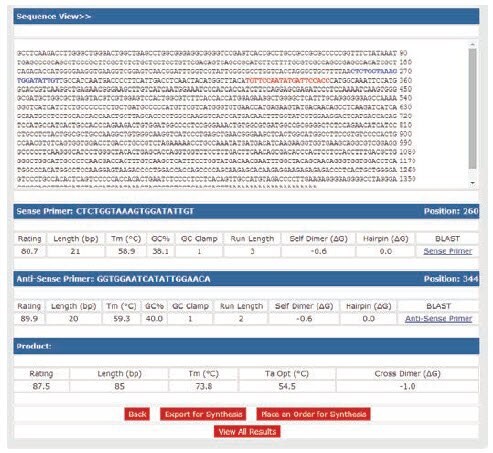
Primer Validation For Optimum Assay Performance Pcr Guide Sigma Aldrich
Q Tbn 3aand9gcqksw6z5yfg9k6y7nfzbgoh65zaj7edursq Hmswh5zid18pniz Usqp Cau
Indexed Pcr Primers Induce Template Specific Bias In Large Scale Dna Sequencing Studies
Pcr Primer Example のギャラリー

Primer

How To Select Primers For Polymerase Chain Reaction

Fastpcr Manual

Pcr Overview Goldbio

Addgene Protocol How To Design Primers
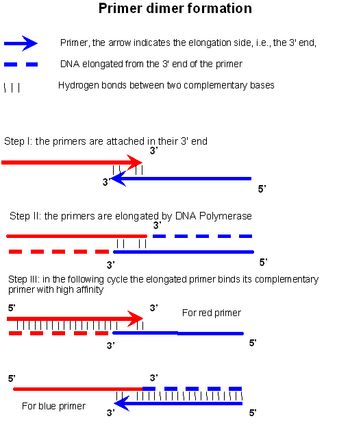
Primer Dimer Wikipedia
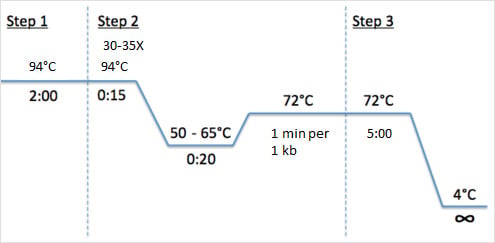
Pcr Protocol Pcr Steps How To Do Pcr
h5425 Molecular Biology And Biotechnology

Primer Design
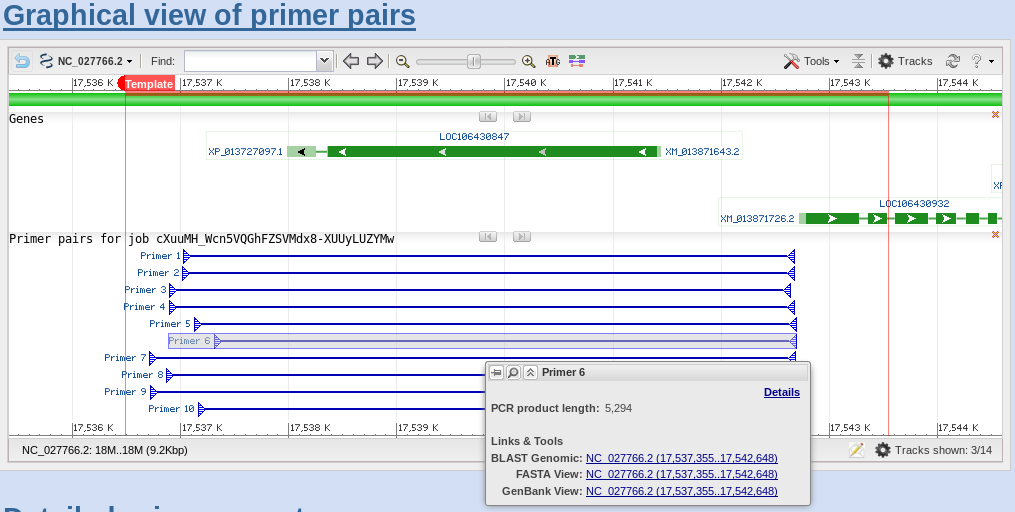
Birch Designing Pcr Primers To Amplify A Gene From Genomic Dna
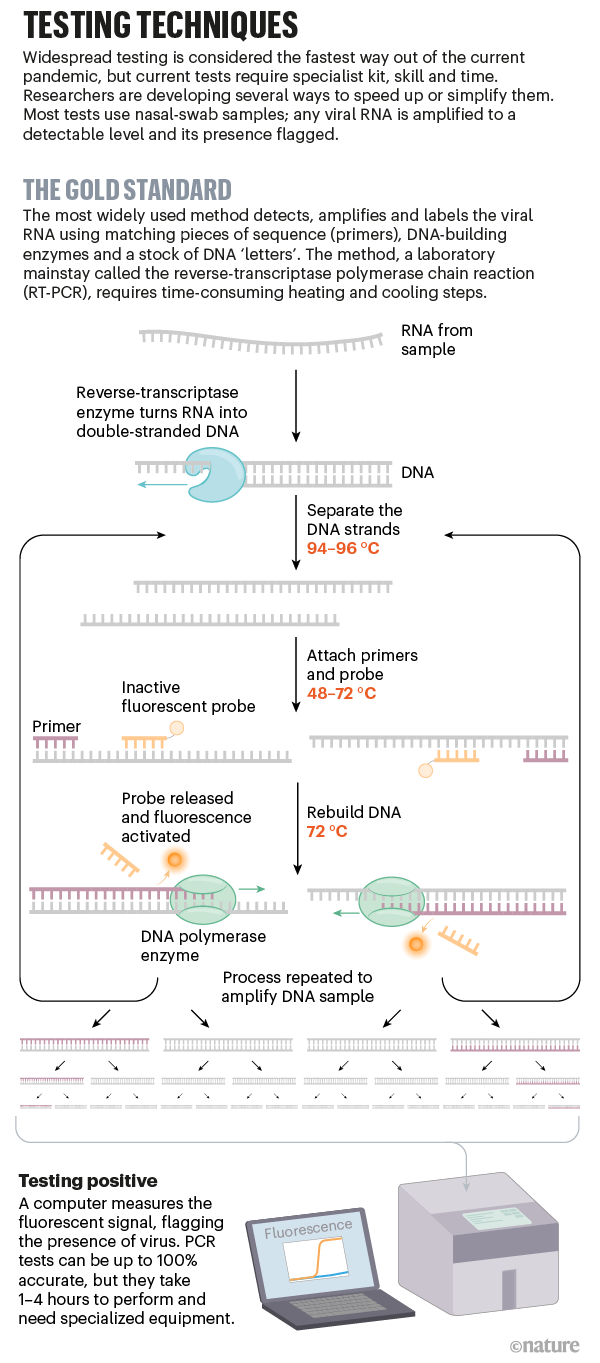
The Explosion Of New Coronavirus Tests That Could Help To End The Pandemic
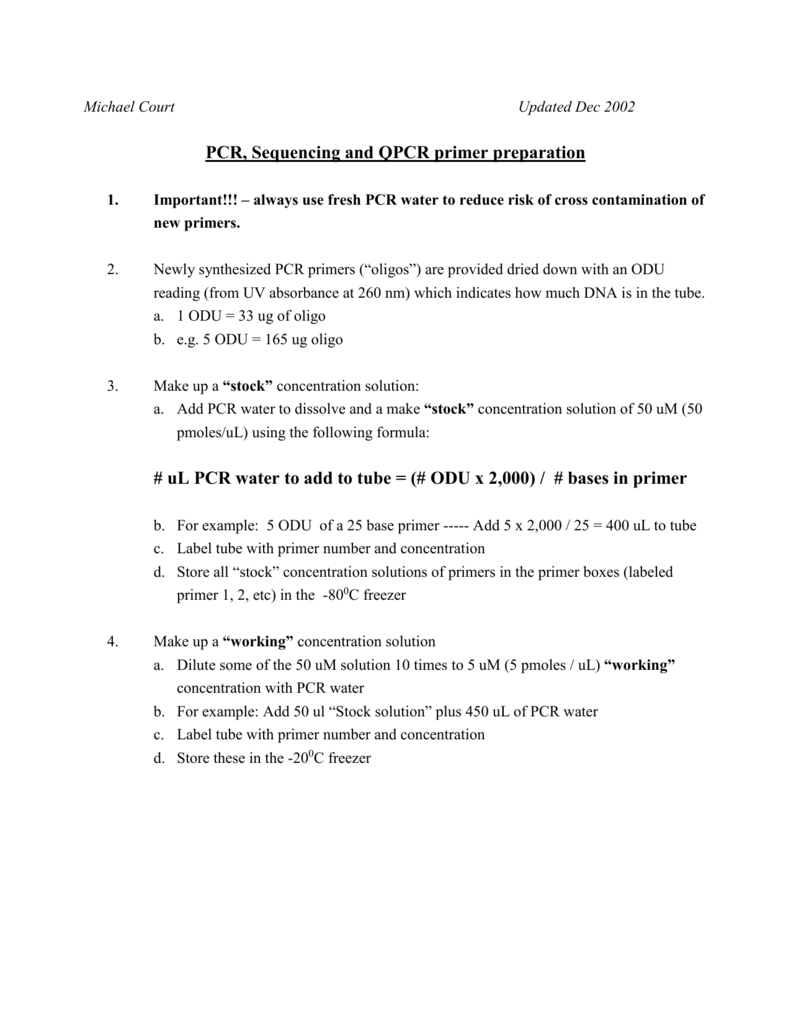
Pcr Primers

Polymerase Chain Reaction Pcr Article Khan Academy

Dna Learning Center Barcoding 101

What Is Pcr Polymerase Chain Reaction Facts Yourgenome Org
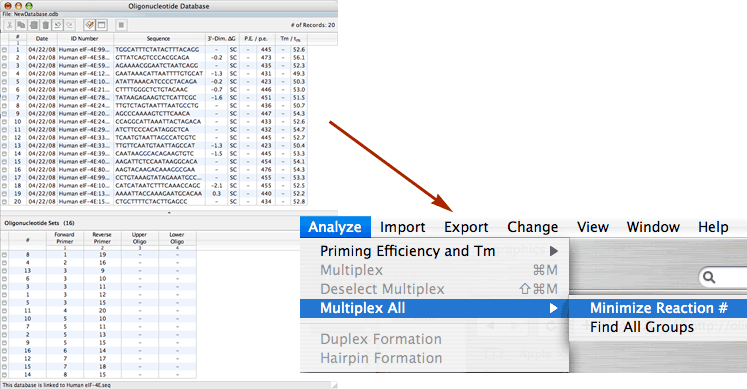
Search Multiplexing

Sequencing Primer Dimer Formation

Protocol Primer Design
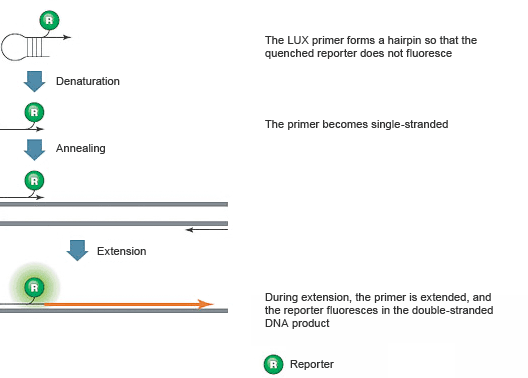
Introduction To Pcr Primer Probe Chemistries Lsr Bio Rad

Fastpcr Manual

How To Create Real Time Pcr Primers Using Primer Blast

What Is A Gc Clamp In Pcr Primers

Primer Design

Nested Polymerase Chain Reaction Wikipedia

Pr Pr Distribute Split And Pool Pcr Reactions Configuration Pr Files
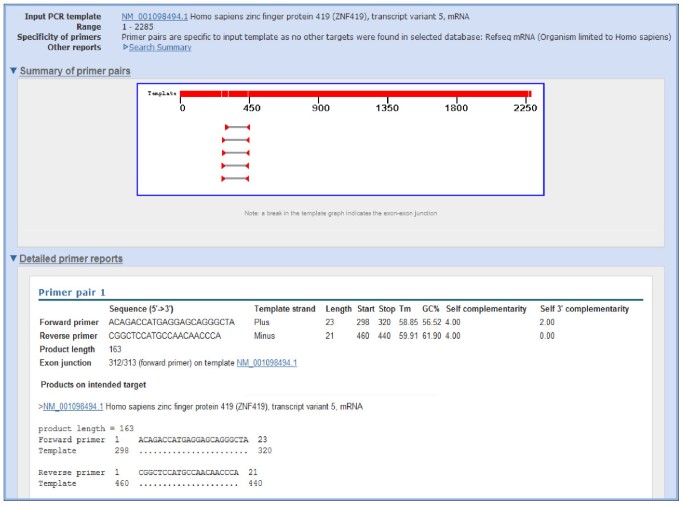
Primer Blast A Tool To Design Target Specific Primers For Polymerase Chain Reaction Bmc Bioinformatics Full Text
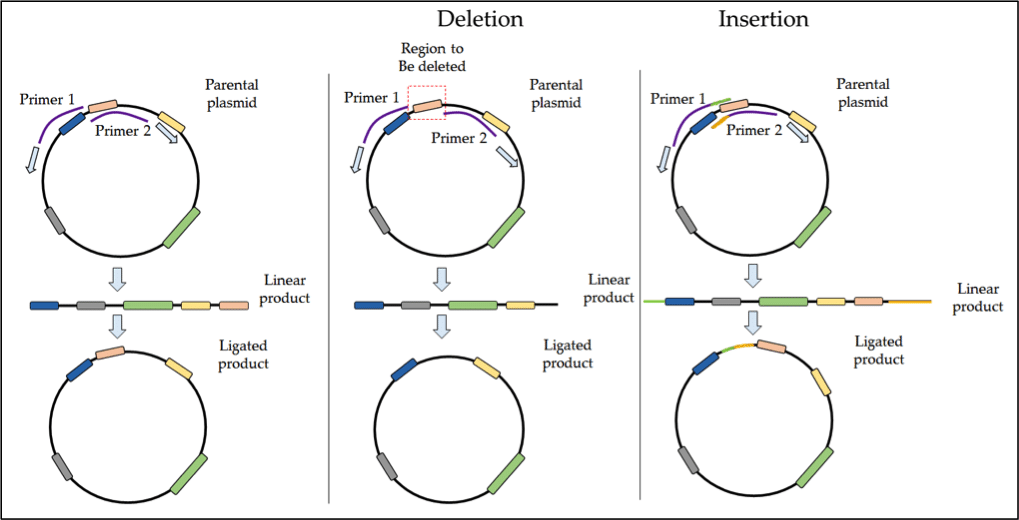
Site Directed Mutagenesis Tips And Tricks
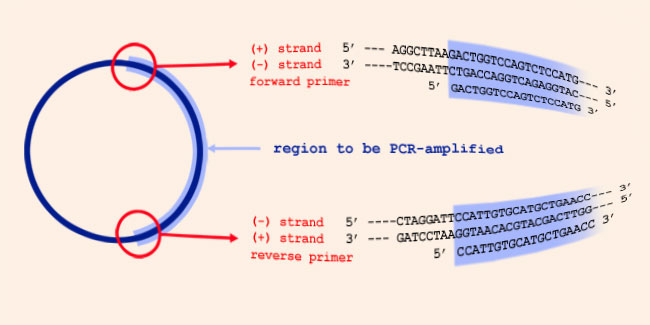
Sequence Notation

Polymerase Chain Reaction Pcr Article Khan Academy

Cpt Galaxy Training
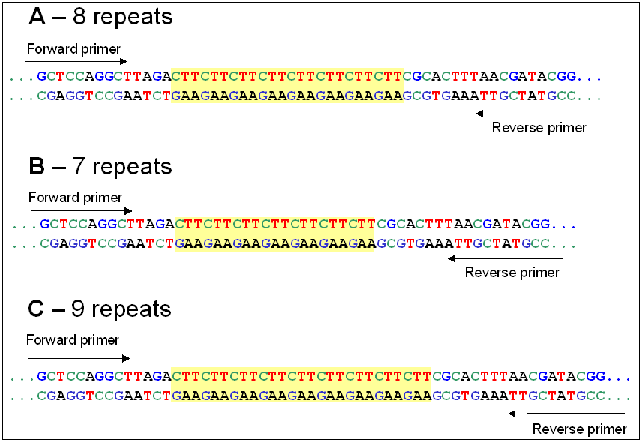
Brassica Info Microsatellite Information Exchange
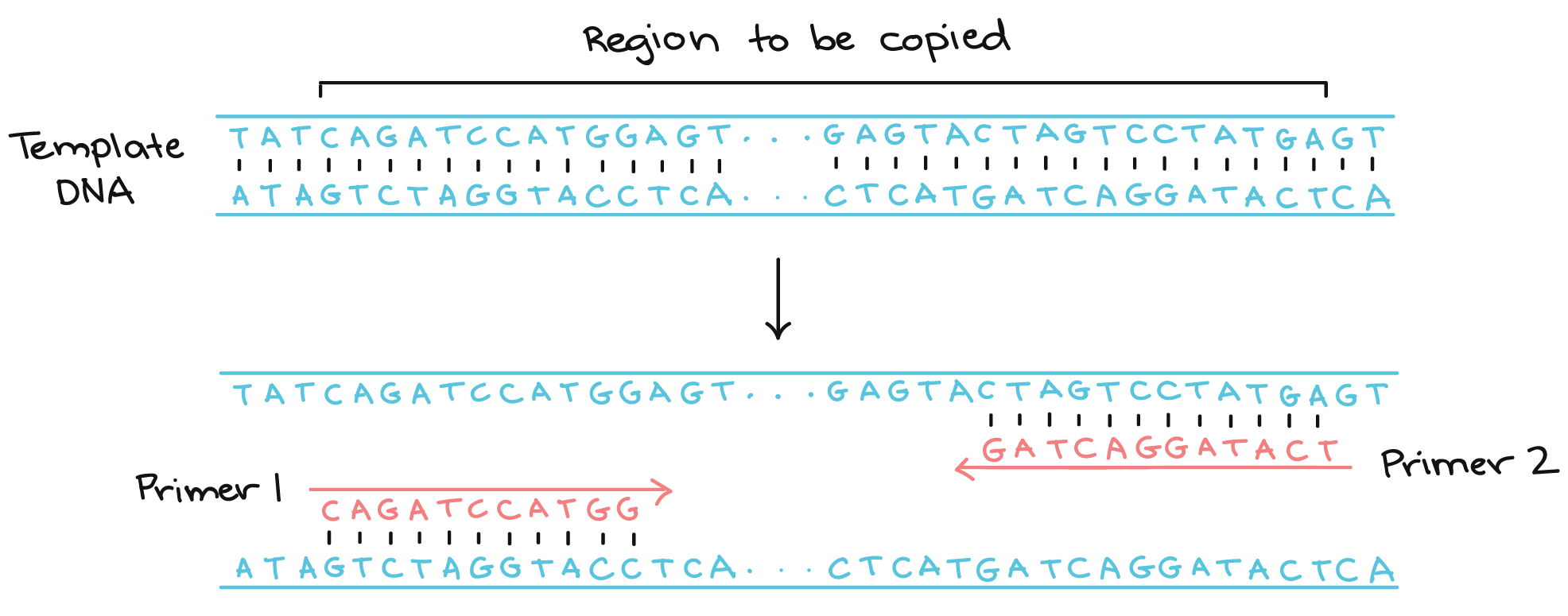
Polymerase Chain Reaction Pcr Article Khan Academy
Q Tbn 3aand9gcqhdbsyxu7tcrj0vvxufssdnhlebeqlzhkjacvnasyl Xdavvrg Usqp Cau

Pcr Overview Goldbio
Q Tbn 3aand9gcqksw6z5yfg9k6y7nfzbgoh65zaj7edursq Hmswh5zid18pniz Usqp Cau

Pcr In Silico Unipro Ugene

Pcr Example

Hyden A Software For Designing Degenerate Primers

In Silico Pcr Wikipedia

What Is Touchdown Td Pcr
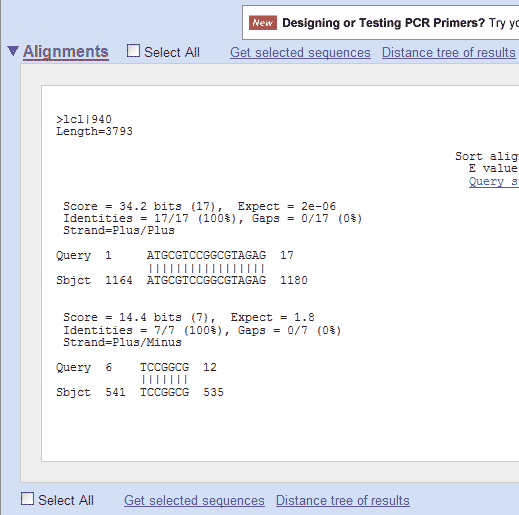
Bioinformatics

Prim Snping A Primer Designer For Cost Effective Snp Genotyping Biotechniques

Real Time Pcr Qpcr Primer Design Using Free Online Software Thornton 11 Biochemistry And Molecular Biology Education Wiley Online Library

How Is Rt Pcr Used To Test For Covid 19 Medmastery

Polymerase Chain Reaction Pcr Article Khan Academy
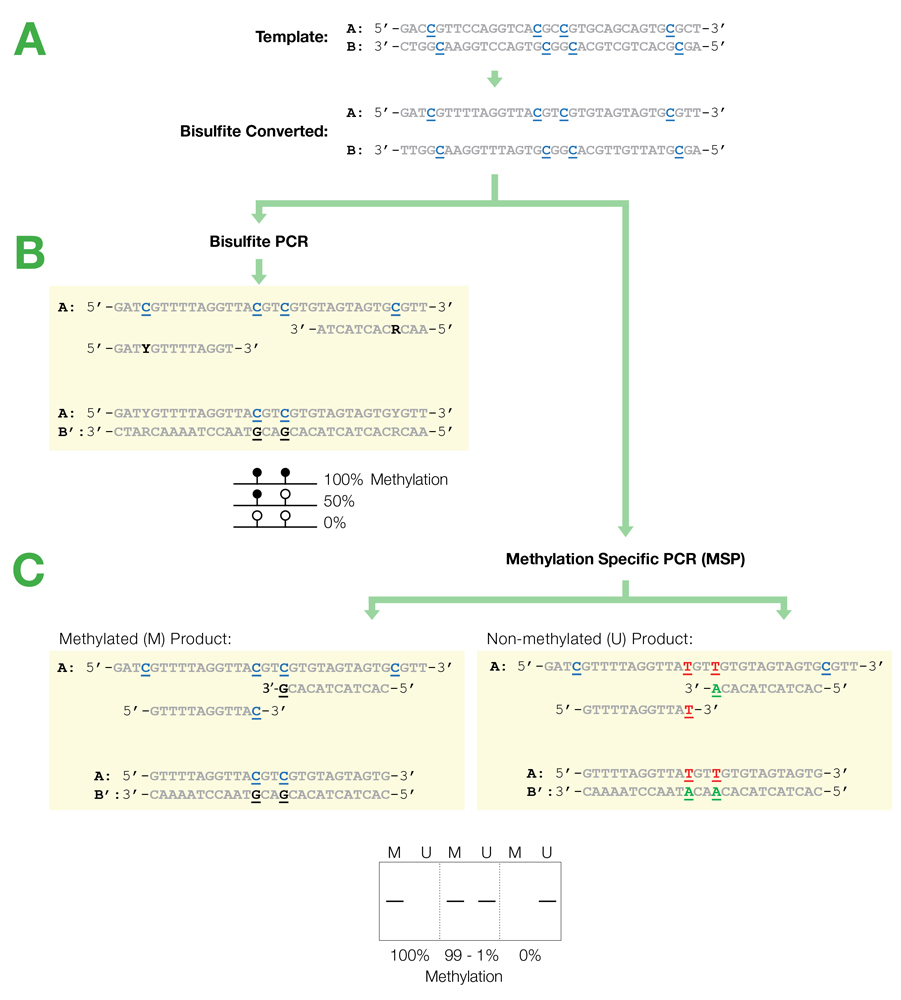
Bisulfite Beginner Guide
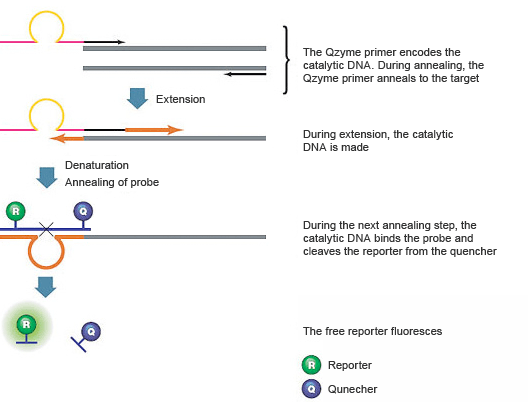
Introduction To Pcr Primer Probe Chemistries Lsr Bio Rad

Fastpcr Manual

Perlprimer
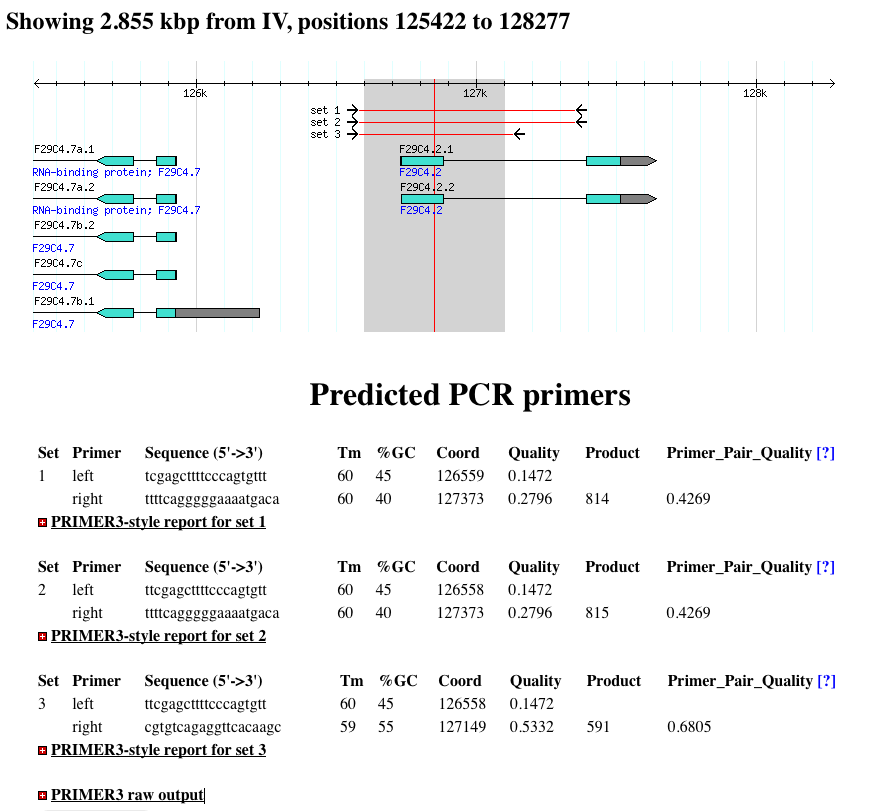
Primerdesigner Pm Gmod
Www Dnasoftware Com Wp Content Uploads Thefourmostcommonlyencounteredproblemsinmultiplexpaneldesign Draft3 Pdf
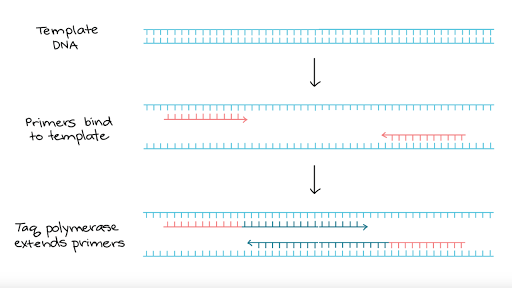
Polymerase Chain Reaction Pcr Article Khan Academy

Overhang Pcr

Derived Cleaved Amplified Polymorphic Sequences Dcaps

Polymerase Chain Reaction Pcr Molecular Biology The Biology Notes

The Ultimate Qpcr Experiment Producing Publication Quality Reproducible Data The First Time Trends In Biotechnology
Primer Design

The Ultimate Qpcr Experiment Producing Publication Quality Reproducible Data The First Time Trends In Biotechnology

Reverse Transcription Polymerase Chain Reaction An Overview Sciencedirect Topics

Working With Pcr
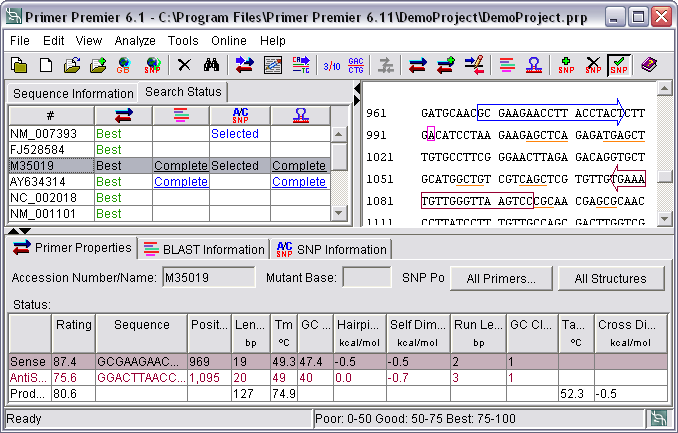
Design Pcr Primers Design Multiplex Primers Using Primer Premier Pcr Primer Design Software
Primer Design

Ntmg Gmc Oblab Bioinformatics

Fig S1 Schematic Fusion Pcr Primer Design Using The Example Of Jak2 Download Scientific Diagram
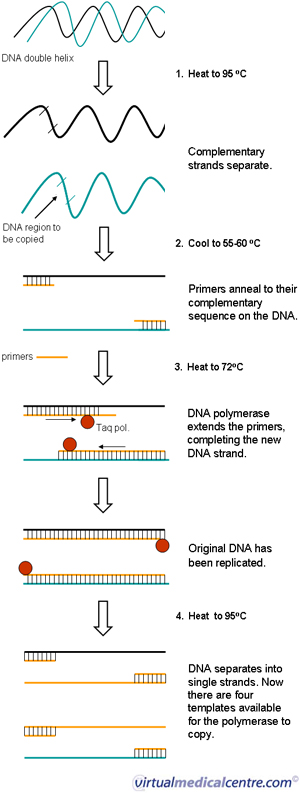
Pcr Polymerase Chain Reaction Information Myvmc
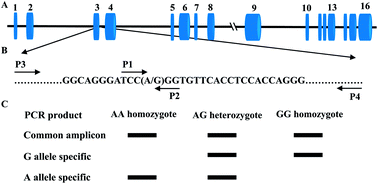
Tetra Primer Arms Pcr Is An Efficient Snp Genotyping Method An Example From Sirt2 Analytical Methods Rsc Publishing

Polymerase Chain Reaction Intechopen

Nested Polymerase Chain Reaction An Overview Sciencedirect Topics
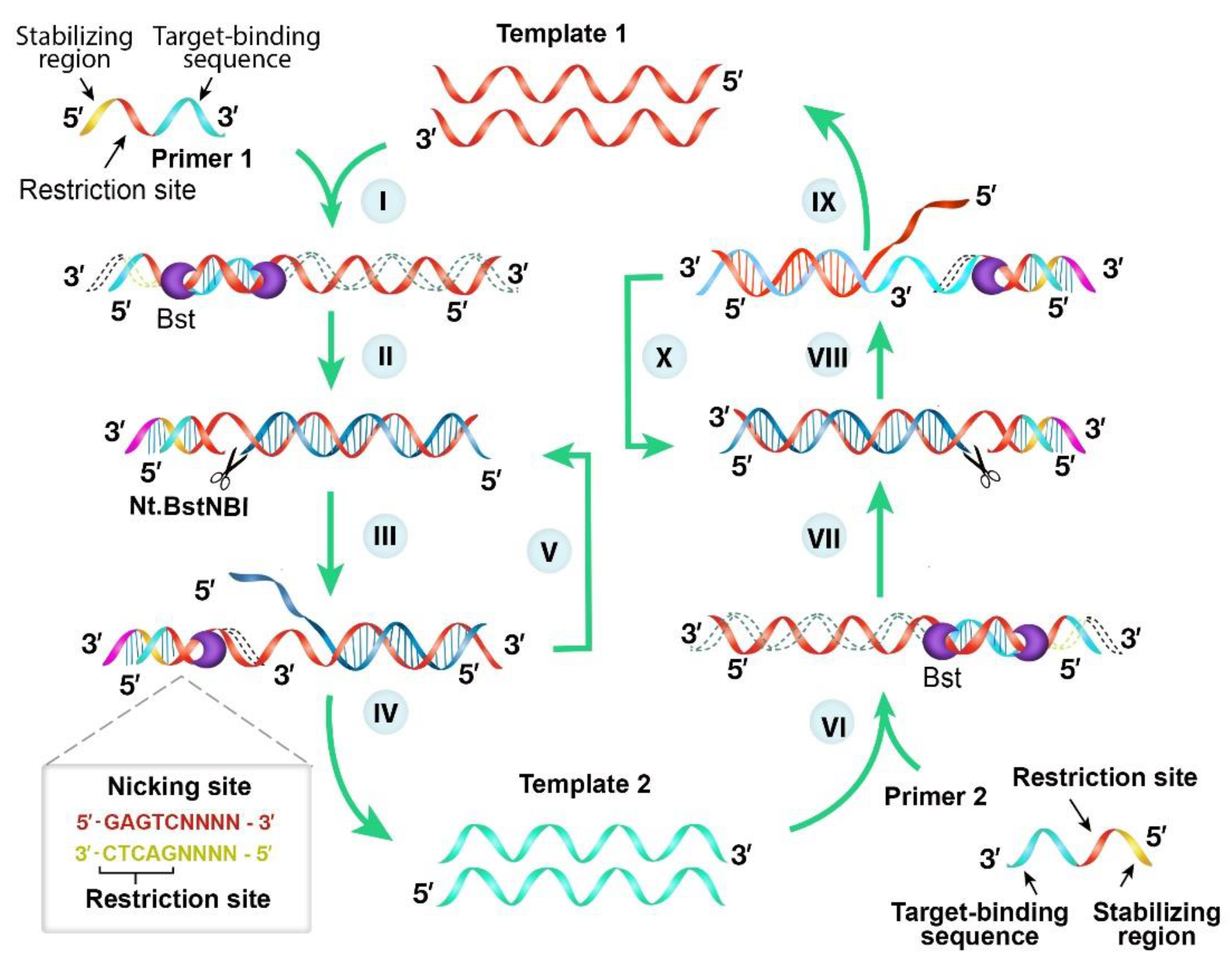
Diagnostics Free Full Text Covid 19 Infection Diagnosis Potential Impact Of Isothermal Amplification Technology To Reduce Community Transmission Of Sars Cov 2 Html

Pcr Introduction Abm Inc

The Worldwide Test For Covid 19 Global Biotechnology Insights

Pcr Overview Goldbio
Deconstructing The Polymerase Chain Reaction Understanding And Correcting Bias Associated With Primer Degeneracies And Primer Template Mismatches

Introduction To Pcr Primer Probe Chemistries Lsr Bio Rad

Figure 1 From Splicing By Overlap Extension Pcr To Obtain Hybrid Dna Products Semantic Scholar

Which Reagents Do I Need To Replicate Dna In The Laboratory Eppendorf Handling Solutions
How Can I Trim And Assemble My Forward And Reverse Sanger Sequence For Each Sample In Batch Using Qiagen Clc Genomics Workbench

How To Select Primers For Polymerase Chain Reaction
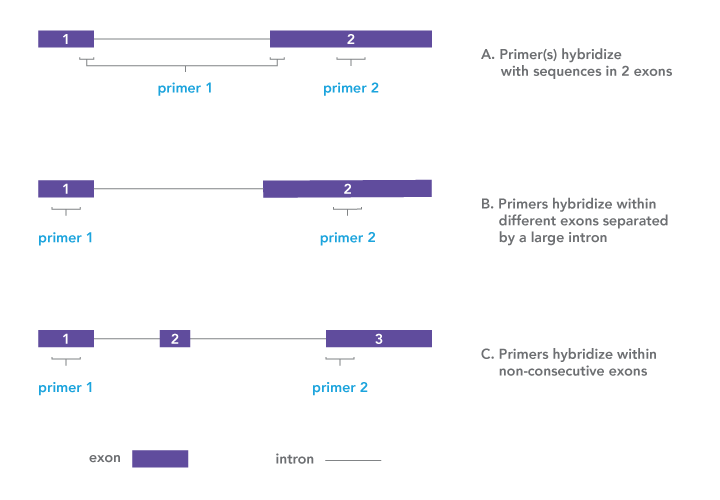
Use Splice Junctions To Your Advantage In Qpcr
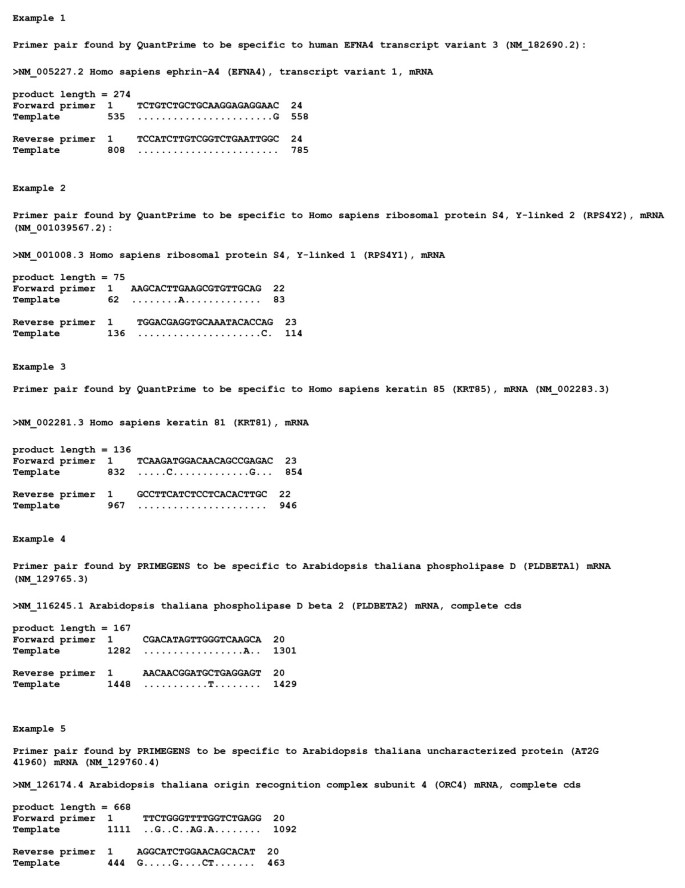
Primer Blast A Tool To Design Target Specific Primers For Polymerase Chain Reaction Bmc Bioinformatics Full Text

Pcr Primer Design English Version

Pcr Overview Goldbio

Primer Design Tool For The 1st Pcr And Instruction Of How To Use This Tool Sigma Aldrich
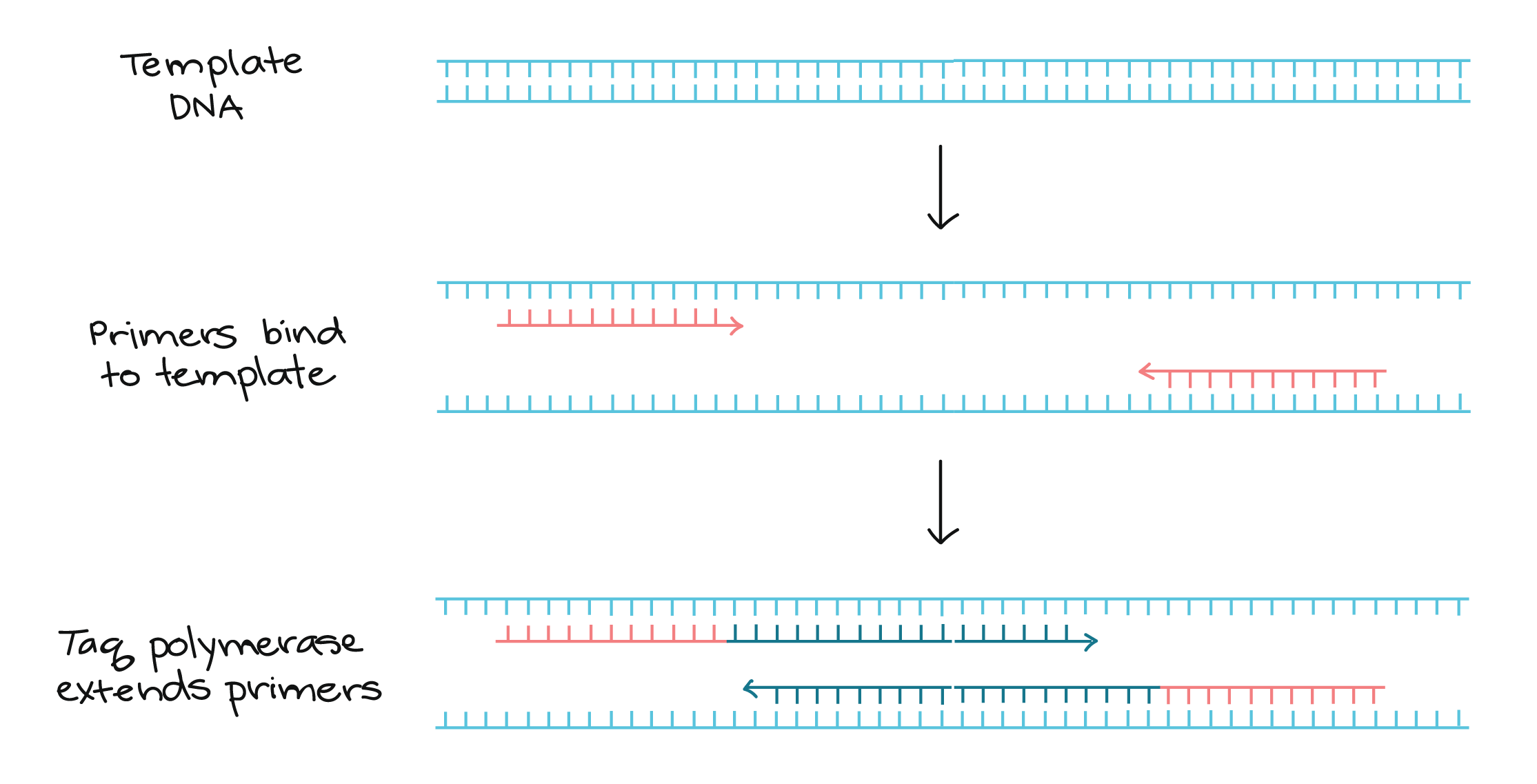
Polymerase Chain Reaction Pcr Article Khan Academy
Q Tbn 3aand9gcqzninymvxcoxl6ityd4zga 5jbhu67honfuwvj3pcas6qidmae Usqp Cau
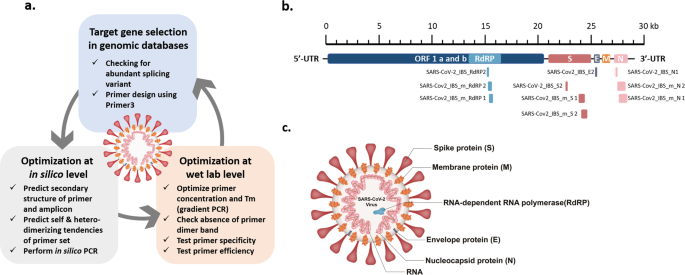
Optimization Of Primer Sets And Detection Protocols For Sars Cov 2 Of Coronavirus Disease 19 Covid 19 Using Pcr And Real Time Pcr Experimental Molecular Medicine

Polymerase Chain Reaction Definition Steps Britannica

Addgene What Is Polymerase Chain Reaction Pcr
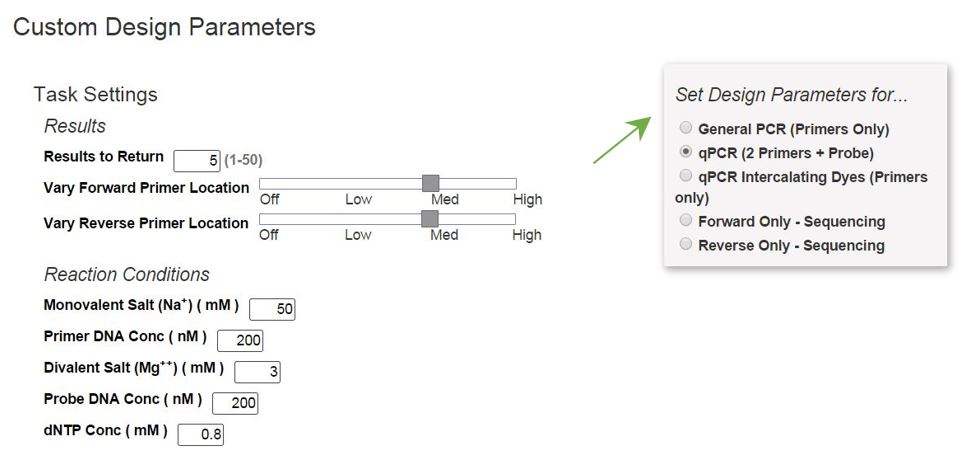
Using Primer Design Tools For Pcr Qpcr Idt

Bisulfite Beginner Guide

Example Pcr Primer Pairs Designed After Submitting Tcf7l2 Download Table
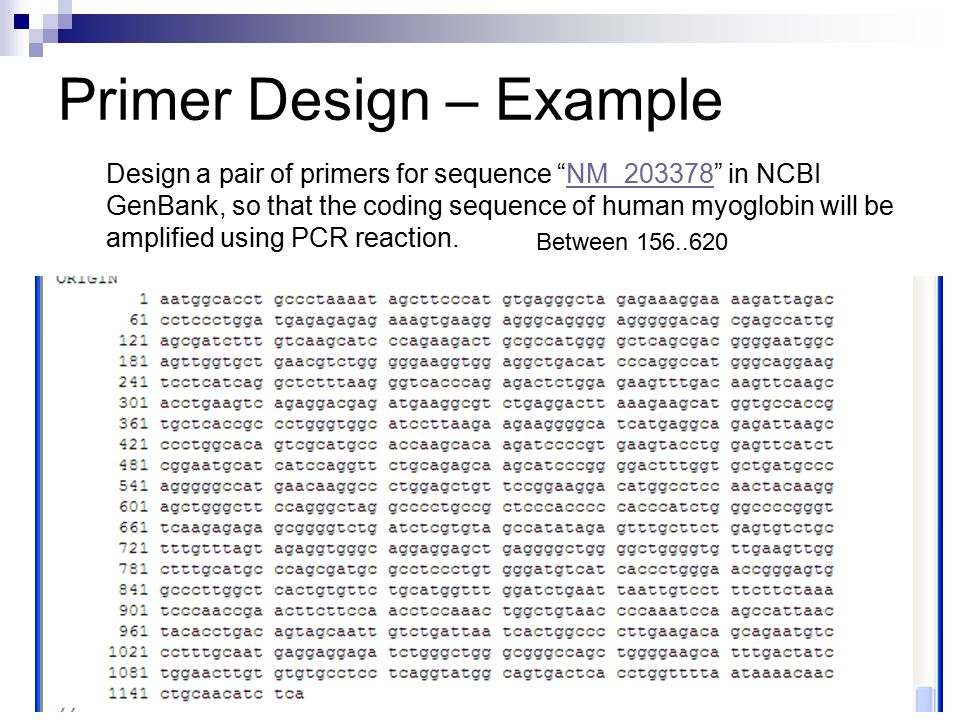
Design And Applications In Molecular Biology Research Primer Design Ppt Video Online Download

Polymerase Chain Reaction Pcr Diamantina Institute University Of Queensland

Pcr And Molecular Biology Fundamental Principles

Pcr Protocol For Bna Clamping
%20PCR%20works_big.png)
Rt Pcr Reverse Transcription Pcr Sigma Aldrich

Golden Gate Cloning Tutorial Geneious Prime

Primer Design Tutorial Geneious Prime
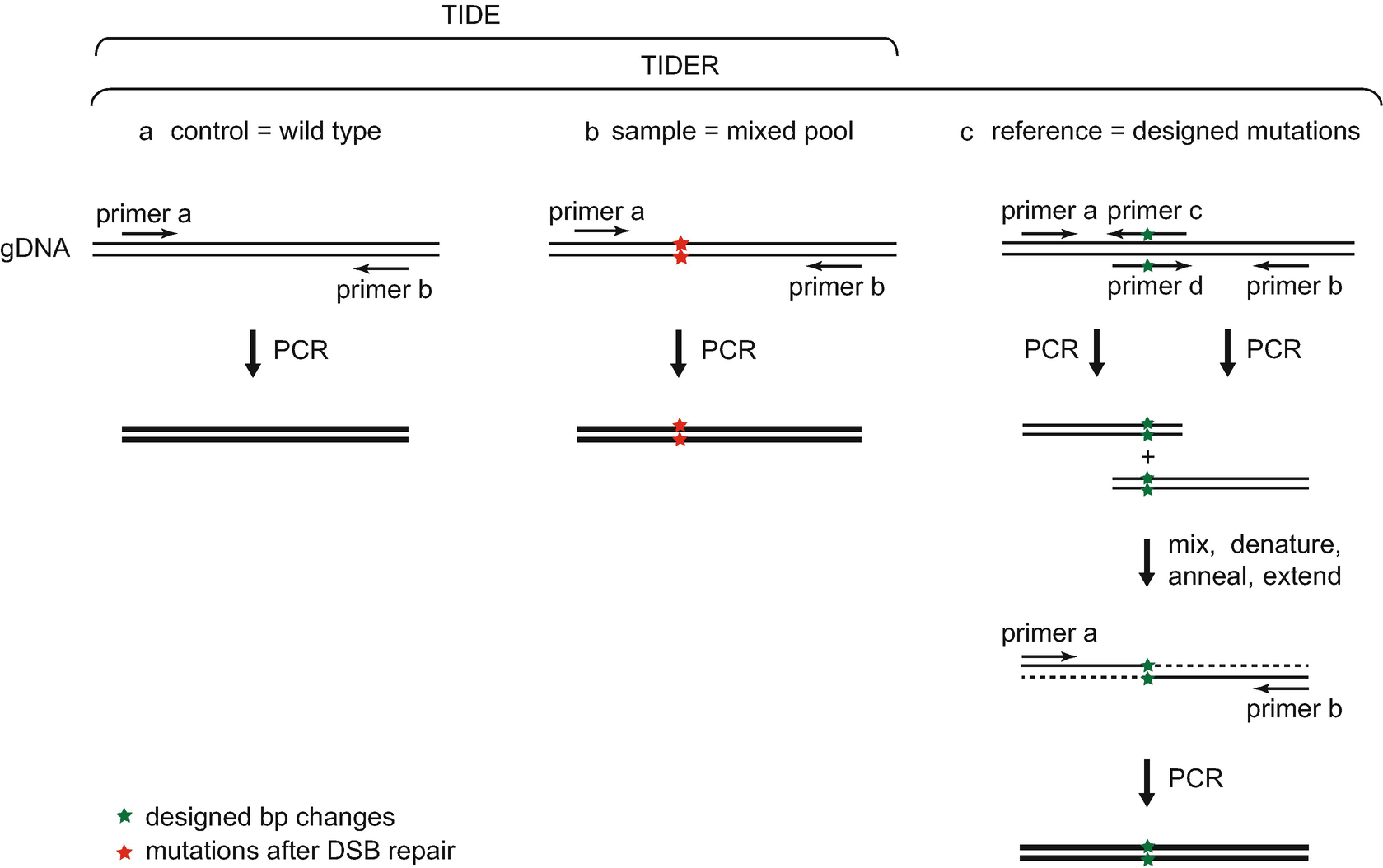
Rapid Quantitative Evaluation Of Crispr Genome Editing By Tide And Tider Springerlink
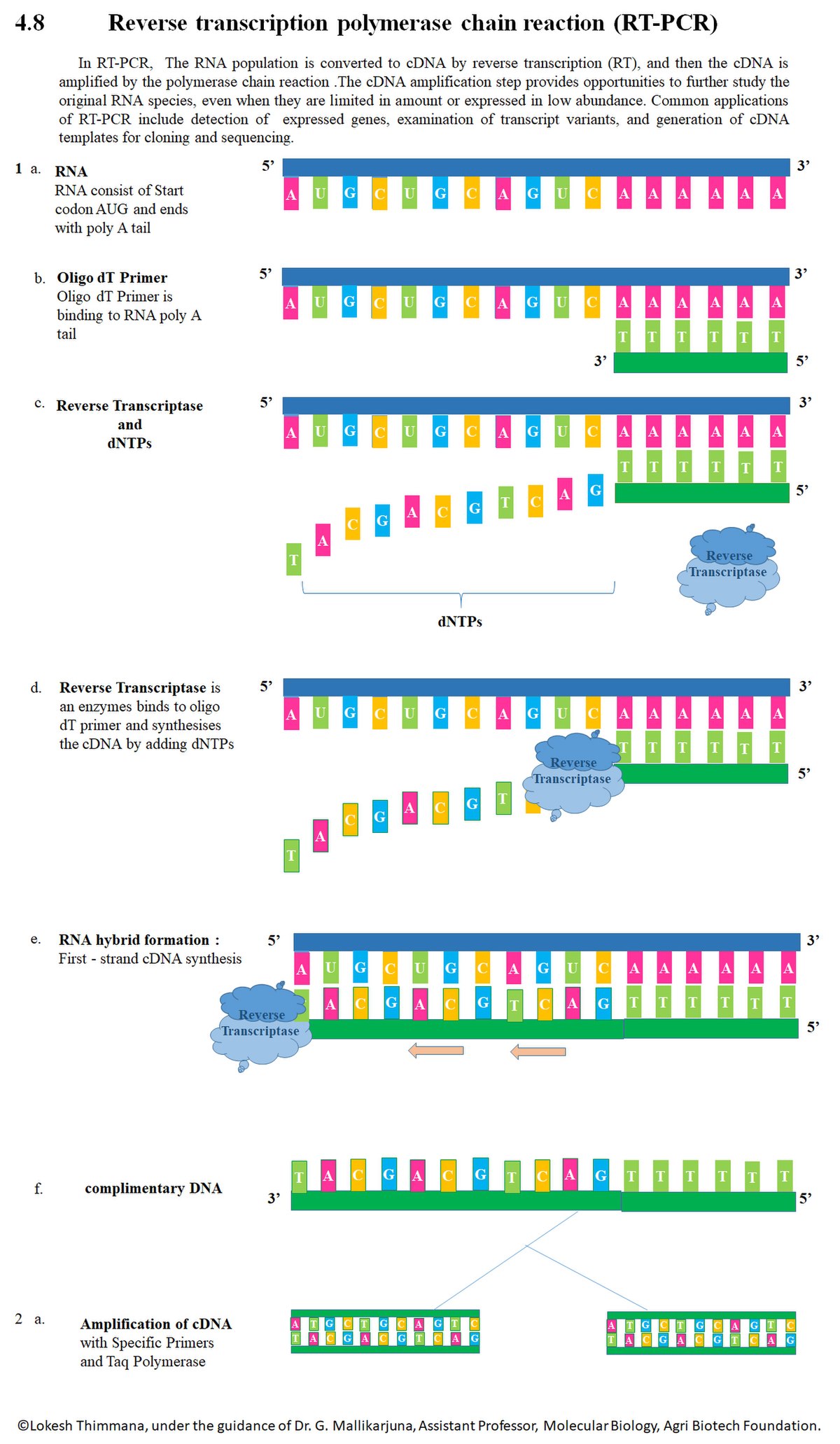
Reverse Transcription Polymerase Chain Reaction Wikipedia

Sbh Sciences Real Time Pcr



